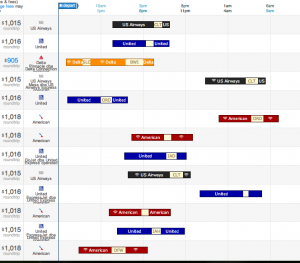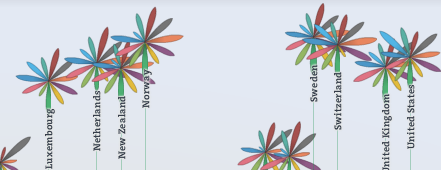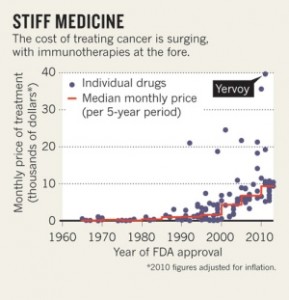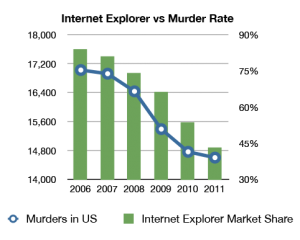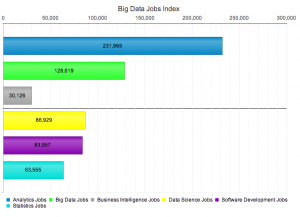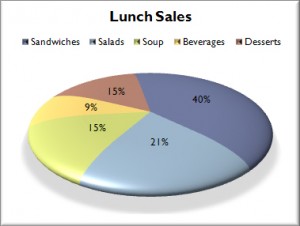NRL Predictions, Round 12
Team Ratings for Round 12
Here are the team ratings prior to Round 12, along with the ratings at the start of the season. I have created a brief description of the method I use for predicting rugby games. Go to my Department home page to see this.
| Current Rating | Rating at Season Start | Difference | |
|---|---|---|---|
| Rabbitohs | 10.20 | 5.23 | 5.00 |
| Storm | 7.39 | 9.73 | -2.30 |
| Roosters | 6.08 | -5.68 | 11.80 |
| Sea Eagles | 5.55 | 4.78 | 0.80 |
| Panthers | 2.25 | -6.58 | 8.80 |
| Broncos | 1.45 | -1.55 | 3.00 |
| Knights | 1.13 | 0.44 | 0.70 |
| Sharks | 1.05 | -1.78 | 2.80 |
| Cowboys | 0.99 | 7.05 | -6.10 |
| Bulldogs | 0.87 | 7.33 | -6.50 |
| Raiders | 0.43 | 2.03 | -1.60 |
| Titans | -1.49 | -1.85 | 0.40 |
| Dragons | -3.87 | -0.33 | -3.50 |
| Warriors | -10.12 | -10.01 | -0.10 |
| Wests Tigers | -11.21 | -3.71 | -7.50 |
| Eels | -14.44 | -8.82 | -5.60 |
Performance So Far
So far there have been 88 matches played, 54 of which were correctly predicted, a success rate of 61.36%.
Here are the predictions for last week’s games.
| Game | Date | Score | Prediction | Correct | |
|---|---|---|---|---|---|
| 1 | Wests Tigers vs. Cowboys | May 24 | 22 – 20 | -10.12 | FALSE |
| 2 | Bulldogs vs. Broncos | May 24 | 24 – 14 | 2.40 | TRUE |
| 3 | Dragons vs. Panthers | May 25 | 0 – 19 | 2.72 | FALSE |
| 4 | Roosters vs. Storm | May 25 | 18 – 26 | 5.99 | FALSE |
| 5 | Sea Eagles vs. Raiders | May 25 | 16 – 10 | 10.53 | TRUE |
| 6 | Warriors vs. Knights | May 26 | 28 – 12 | -12.43 | FALSE |
| 7 | Eels vs. Titans | May 26 | 4 – 42 | -1.07 | TRUE |
| 8 | Sharks vs. Rabbitohs | May 27 | 14 – 12 | -6.32 | FALSE |
Predictions for Round 12
Here are the predictions for Round 12. The prediction is my estimated expected points difference with a positive margin being a win to the home team, and a negative margin a win to the away team.
| Game | Date | Winner | Prediction | |
|---|---|---|---|---|
| 1 | Bulldogs vs. Dragons | May 31 | Bulldogs | 9.20 |
| 2 | Rabbitohs vs. Knights | Jun 01 | Rabbitohs | 13.60 |
| 3 | Titans vs. Cowboys | Jun 02 | Titans | 2.00 |
| 4 | Broncos vs. Warriors | Jun 03 | Broncos | 16.10 |
